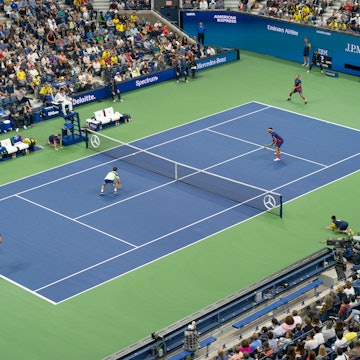
India in full resolution: how a trip with a camera (not a phone) changed the way I travel
Jul 10, 2025 • 5 min read
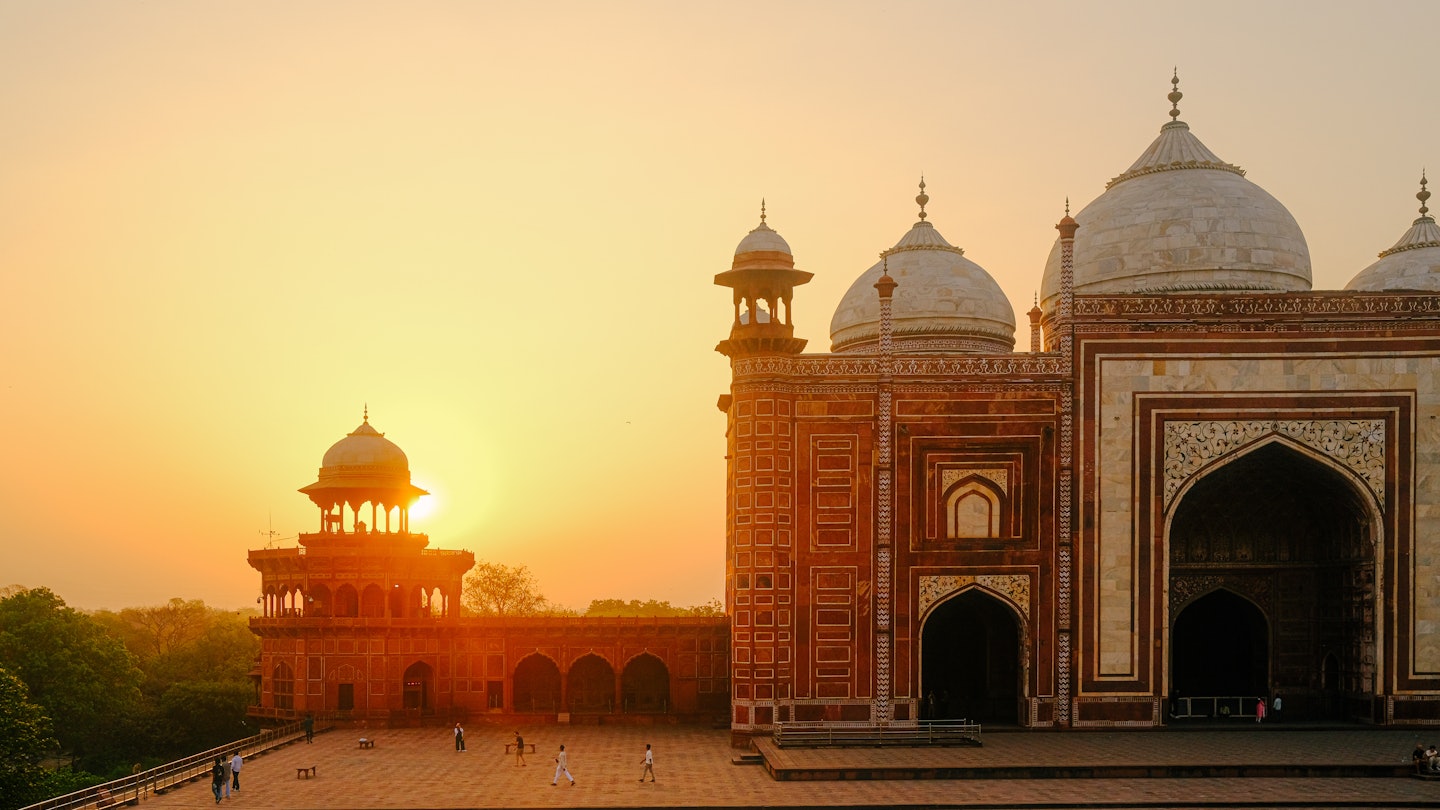
Sunrise from the Taj Mahal. All images by Annie Greenberg/Lonely Planet.
Before my first trip to India, I’d never truly traveled with a camera. That might sound strange coming from someone who leads creative teams in photography and video at Lonely Planet. And, sure, I’ve spent years surrounded by professionals behind the lens – either collaborating closely or managing production. But when Goway invited me on a journey through India that I knew would be mind-expanding, I felt something shift. This time, I didn’t just want to document the experience. I wanted to see it – really see it. And since I knew my phone would tempt me out of this, I decided to pursue a new-to-me medium.
Drumroll, please: I borrowed a real camera. Not my phone. Something intentional. And though it was a small shift for me, it changed everything. (Cue, all photographers everywhere screaming “duh!”)

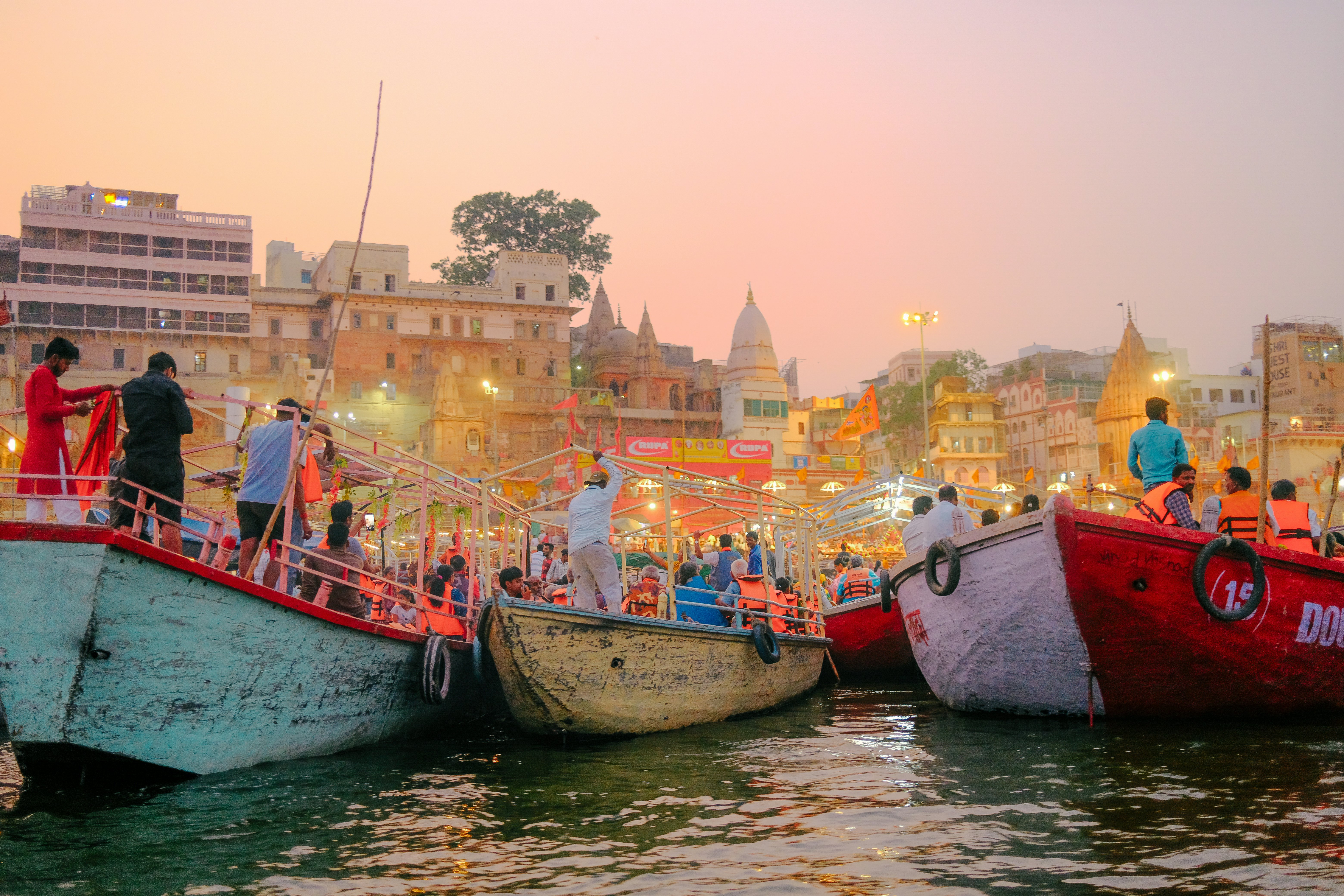
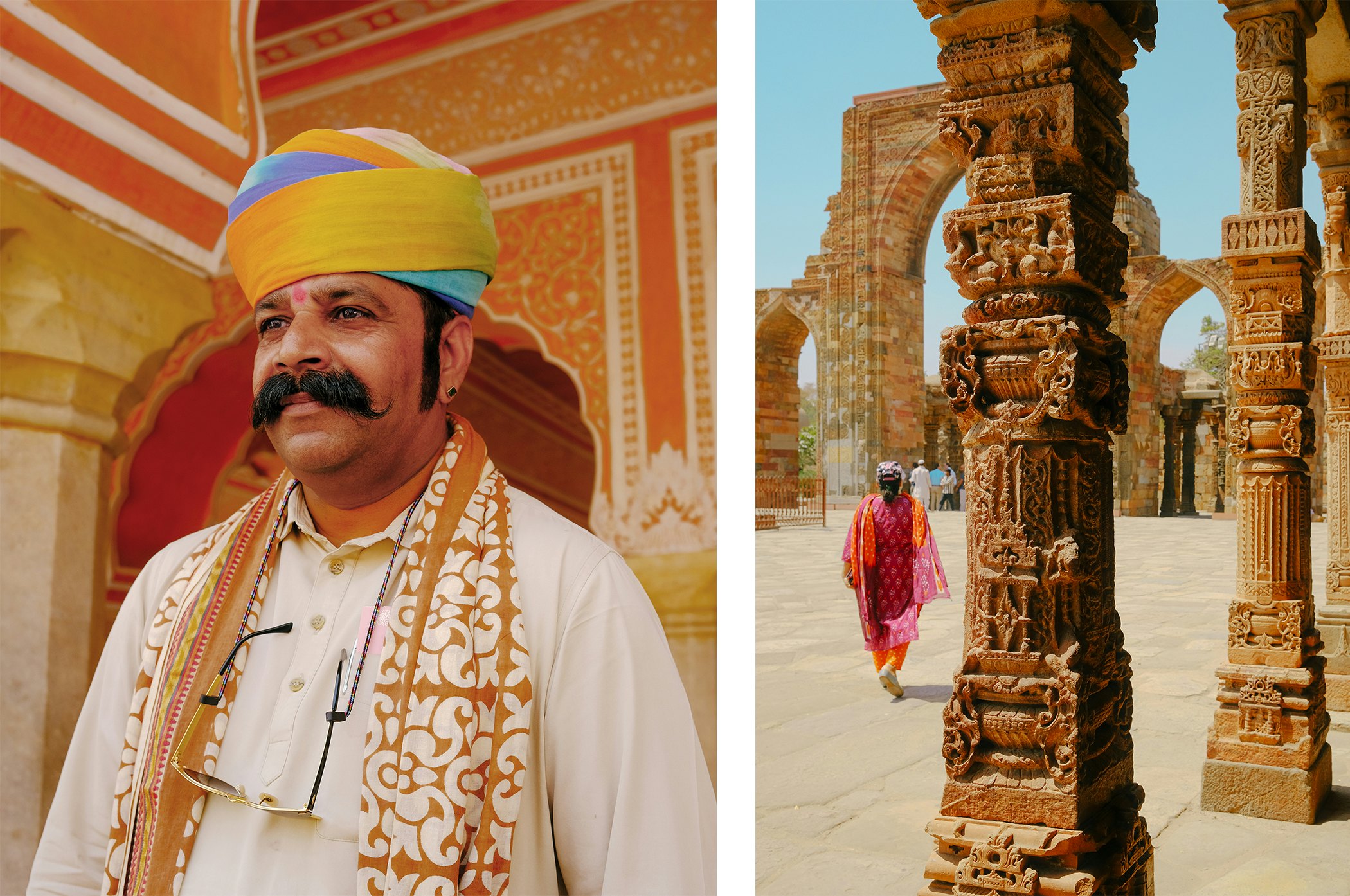
A call to participate
Carrying a camera – not just snapping from my phone – brought me fully into the present. It asked more of me, both as a traveler and an image-maker. I found myself slowing down, noticing more, connecting more deeply. Taking someone’s portrait required more than just aim and click, it required presence, both hands, and full contact with the subject and the tool. Permission. An exchange of glances, a conversation or a shared joke. With a phone, I could remain a voyeur. With a camera, I became a participant.
And that participation meant giving in to the pace of my trip. India is not a place that whispers. It arrives with full force – chaotic, colorful, spiritual and unlike anywhere I’d ever been. I traveled through Delhi, Varanasi, Jaipur, Ranthambore, Agra and Rishikesh, and from the moment I landed, I was overwhelmed – in the best possible way. By the noise, yes. But also by the generosity. By the vibrancy of daily life. By the constant, beautiful thrum of energy around every corner. And with each frame, I felt more a part of that tempo.
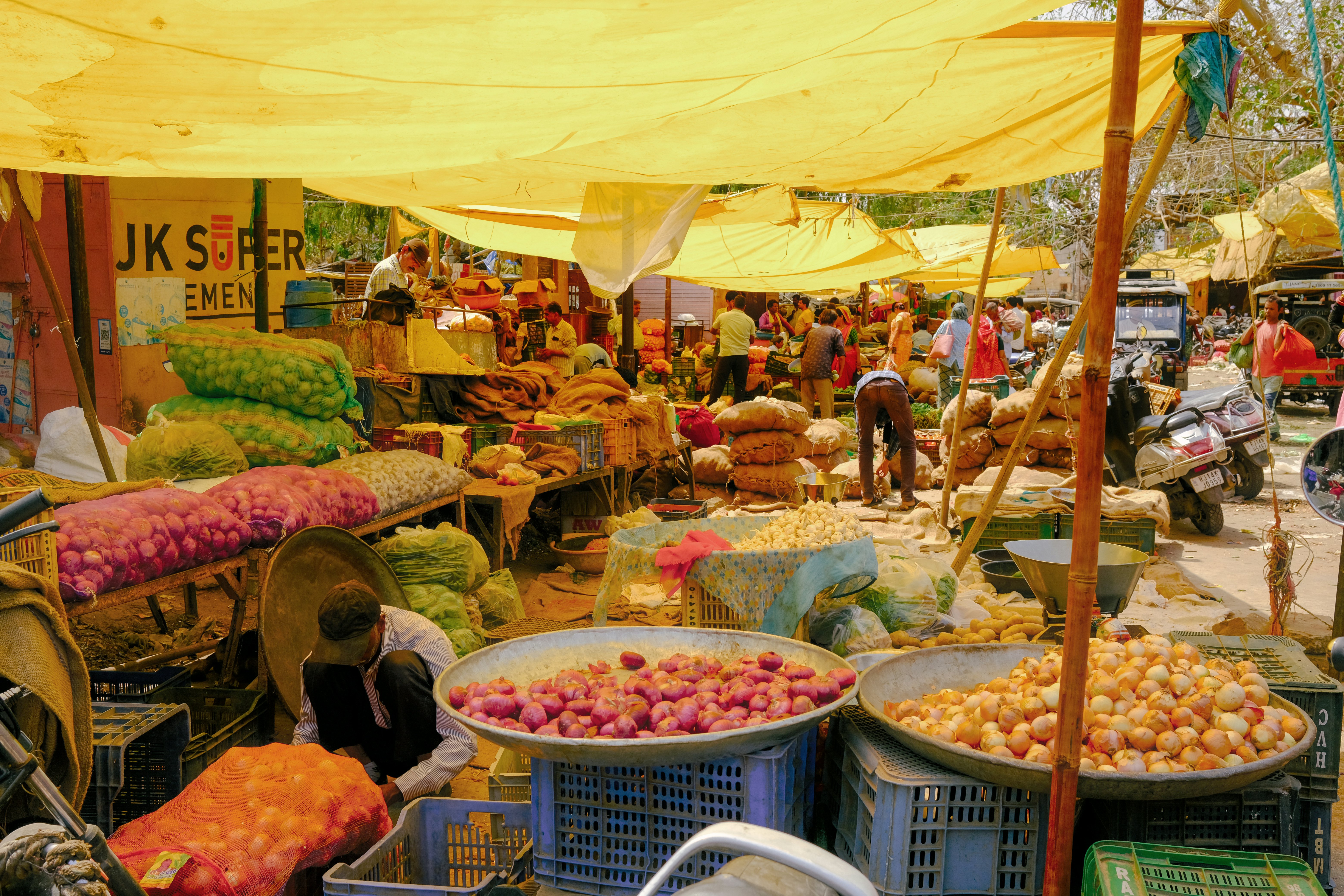
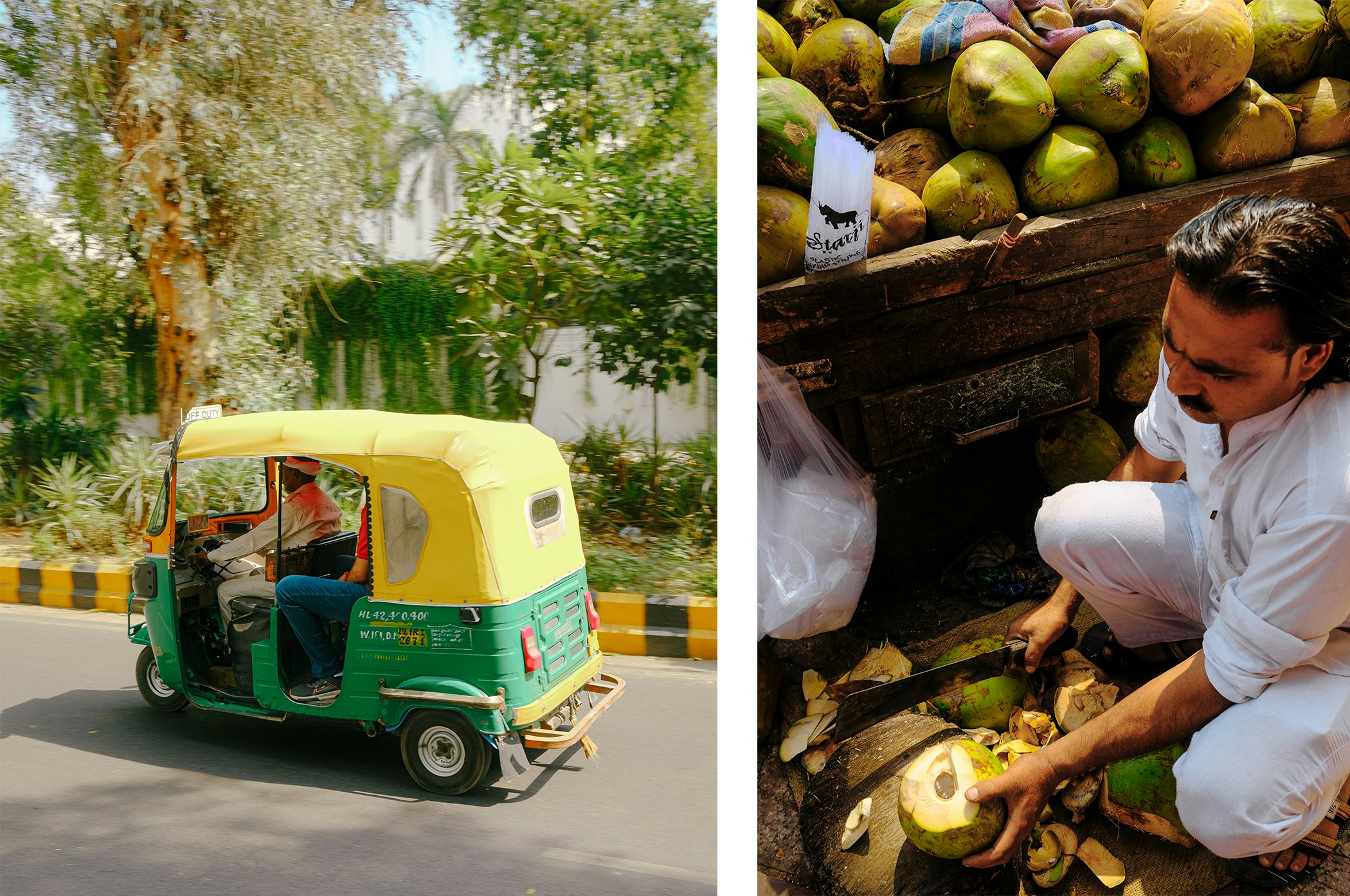
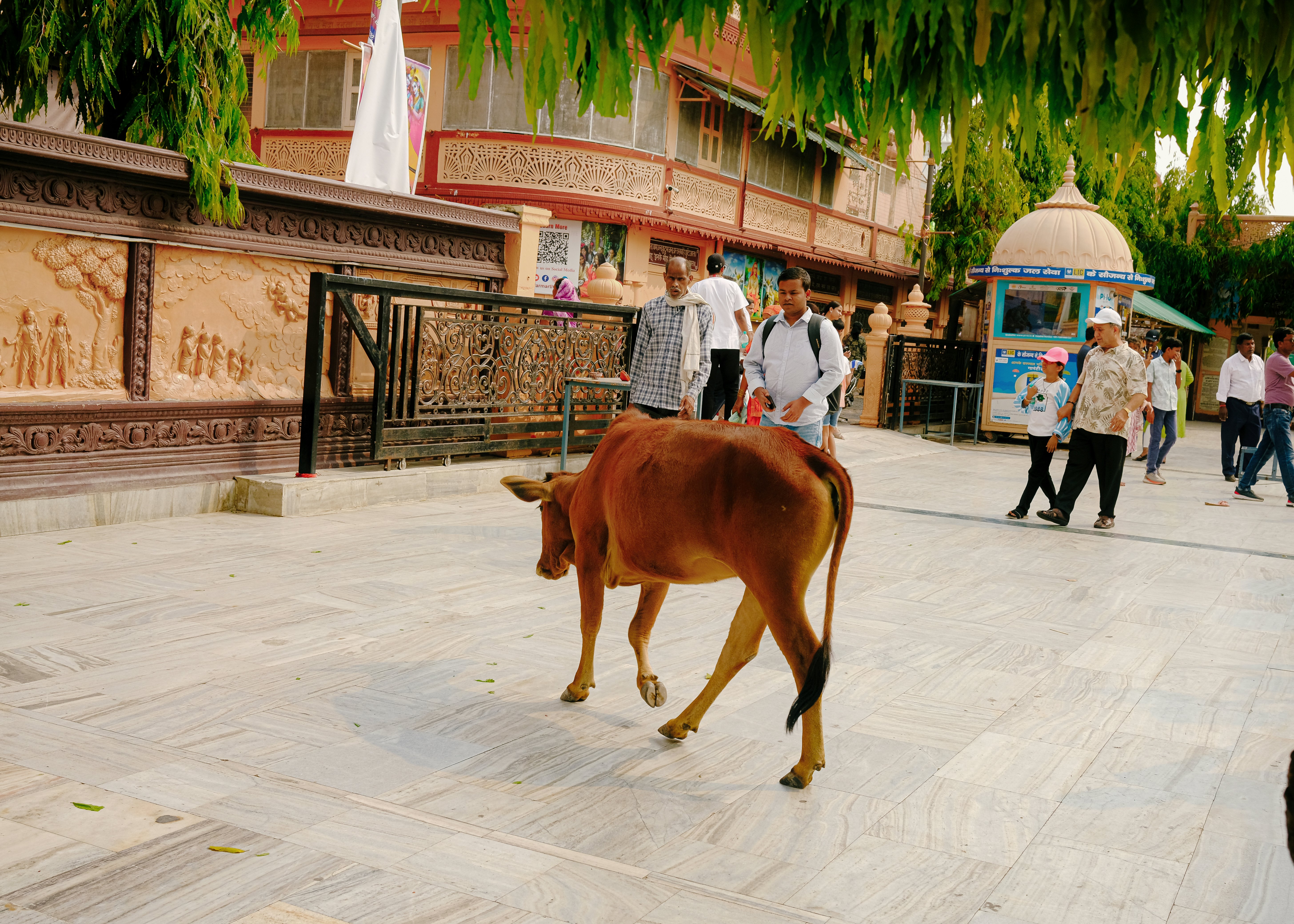
A rhythm of contrasts
What struck me most was India’s rhythm of contrasts. There’s urgency and chaos, to be sure: motorbikes threading through traffic, horns blaring in symphony, people in motion everywhere. But, layered beneath that is a surprising stillness: a prayer at the edge of the Ganges, a stolen hour for an afternoon nap in doorways, in tuk-tuks, on sidewalks, the second cup of chai (tea) served too hot to hold in its clay cup. In these quieter moments, and through the images they helped me produce, emerged a story of cultural ease with simply being, a comfort with public space, and, too, with the public, that felt radically different from the guarded posture of my native New York.
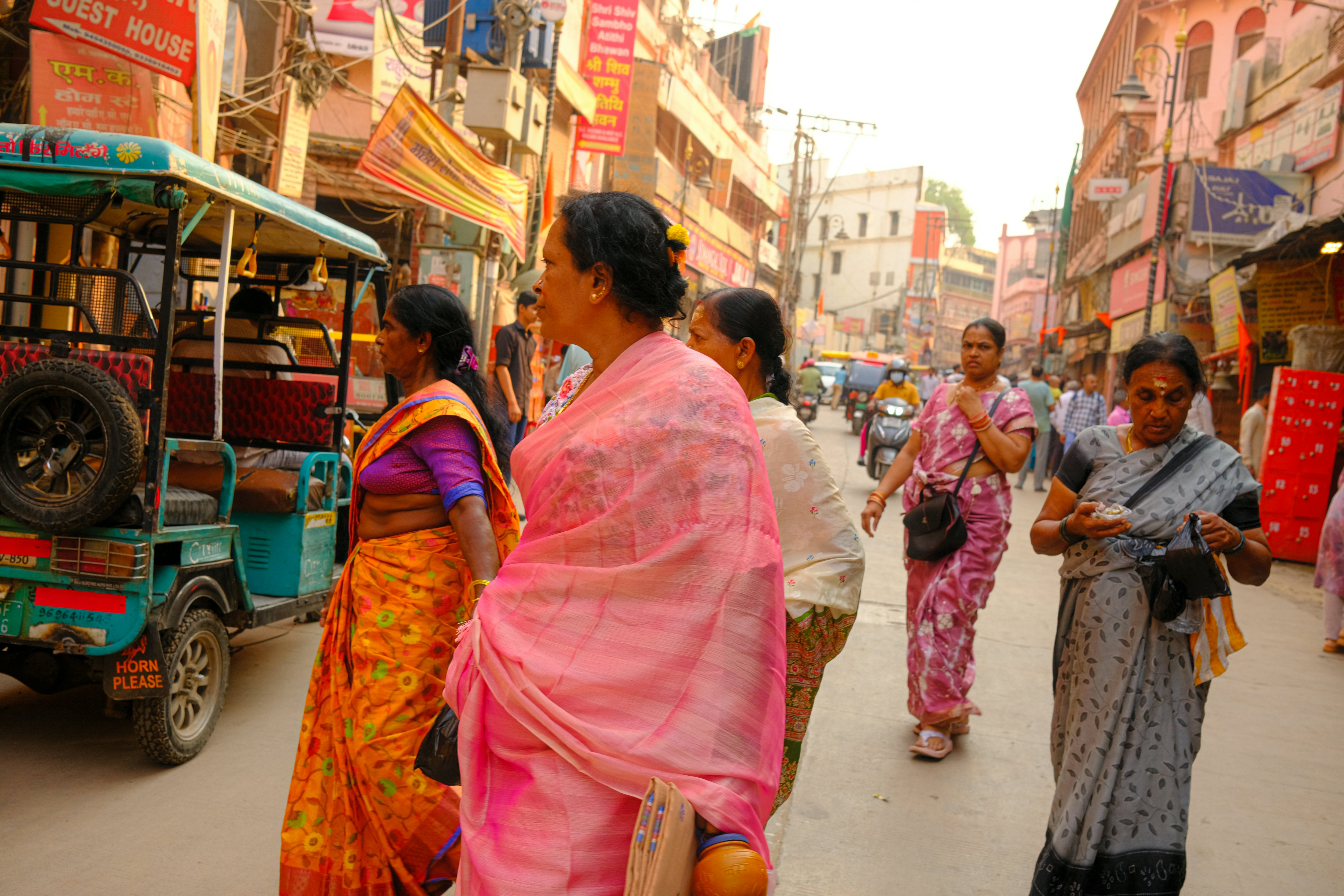
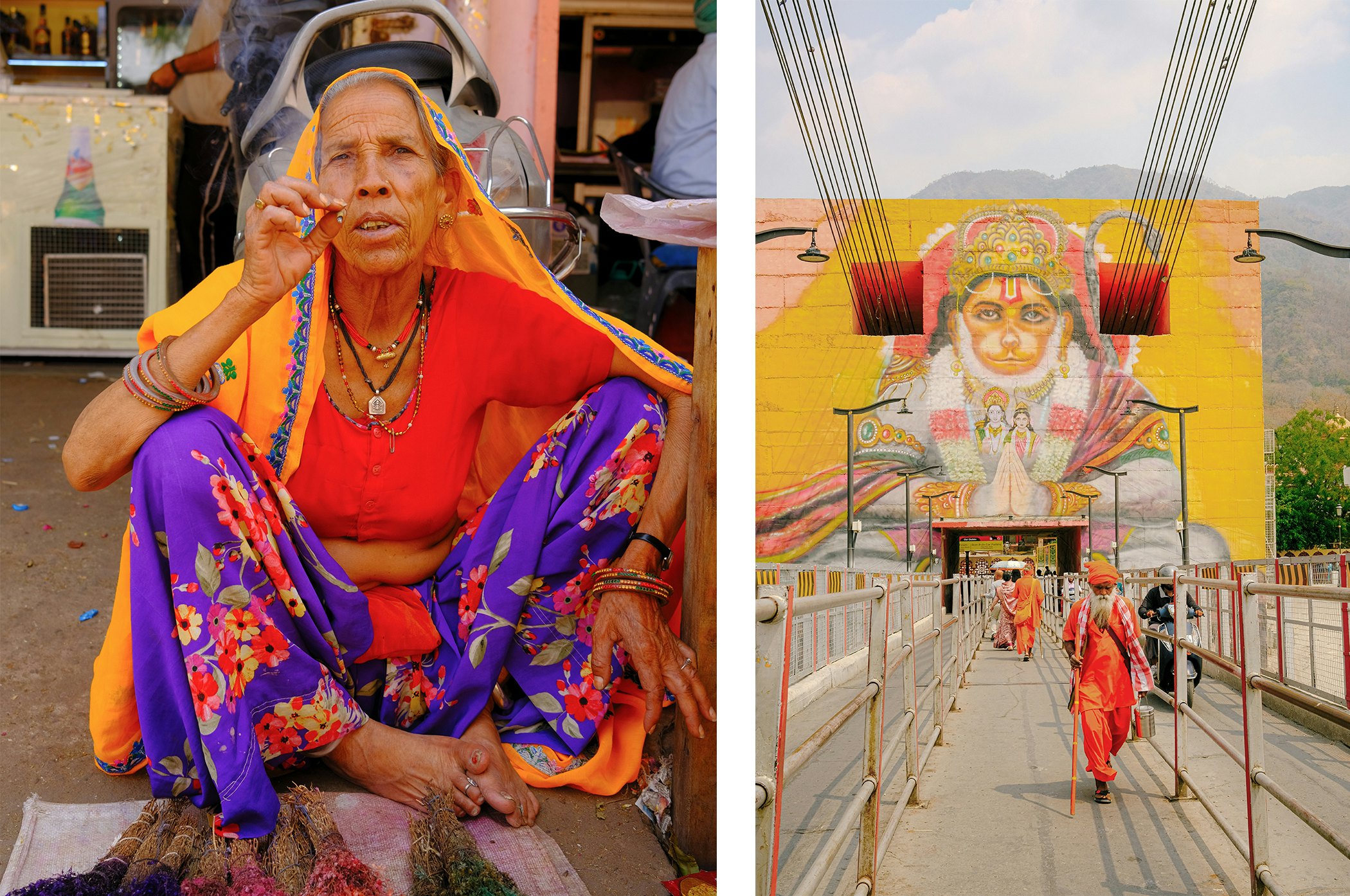
One image from the trip particularly stays with me: a woman sells herbs at the Jaipur flower market while casually smoking a cigarette. Nothing out-of-this-world unusual, but the posture, the relaxation, and the way she made eye contact with each possible buyer will stay with me. It told a story of her internal world, that she was preoccupied with her own day-to-day, and yet still she stayed engaged and engaging.
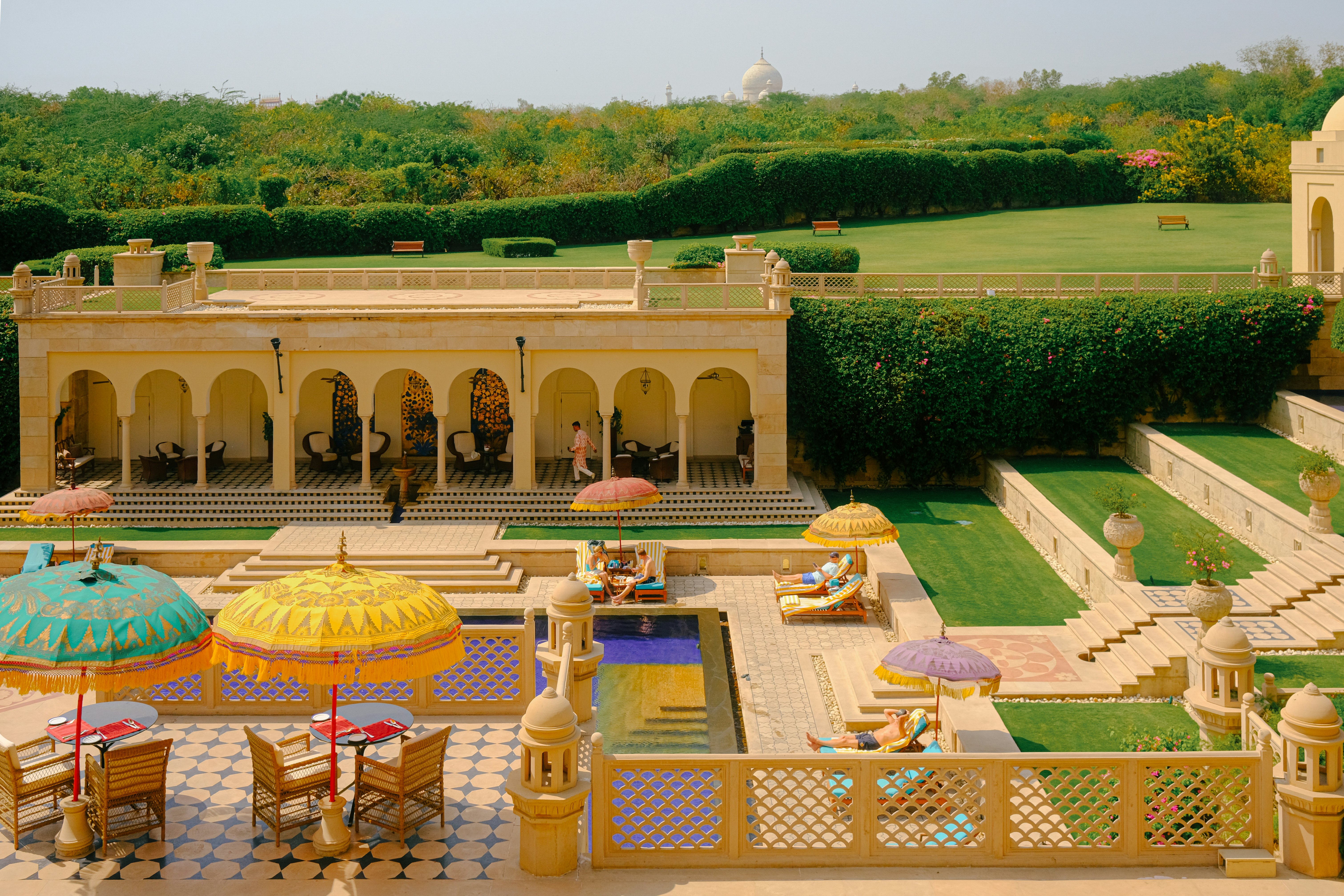
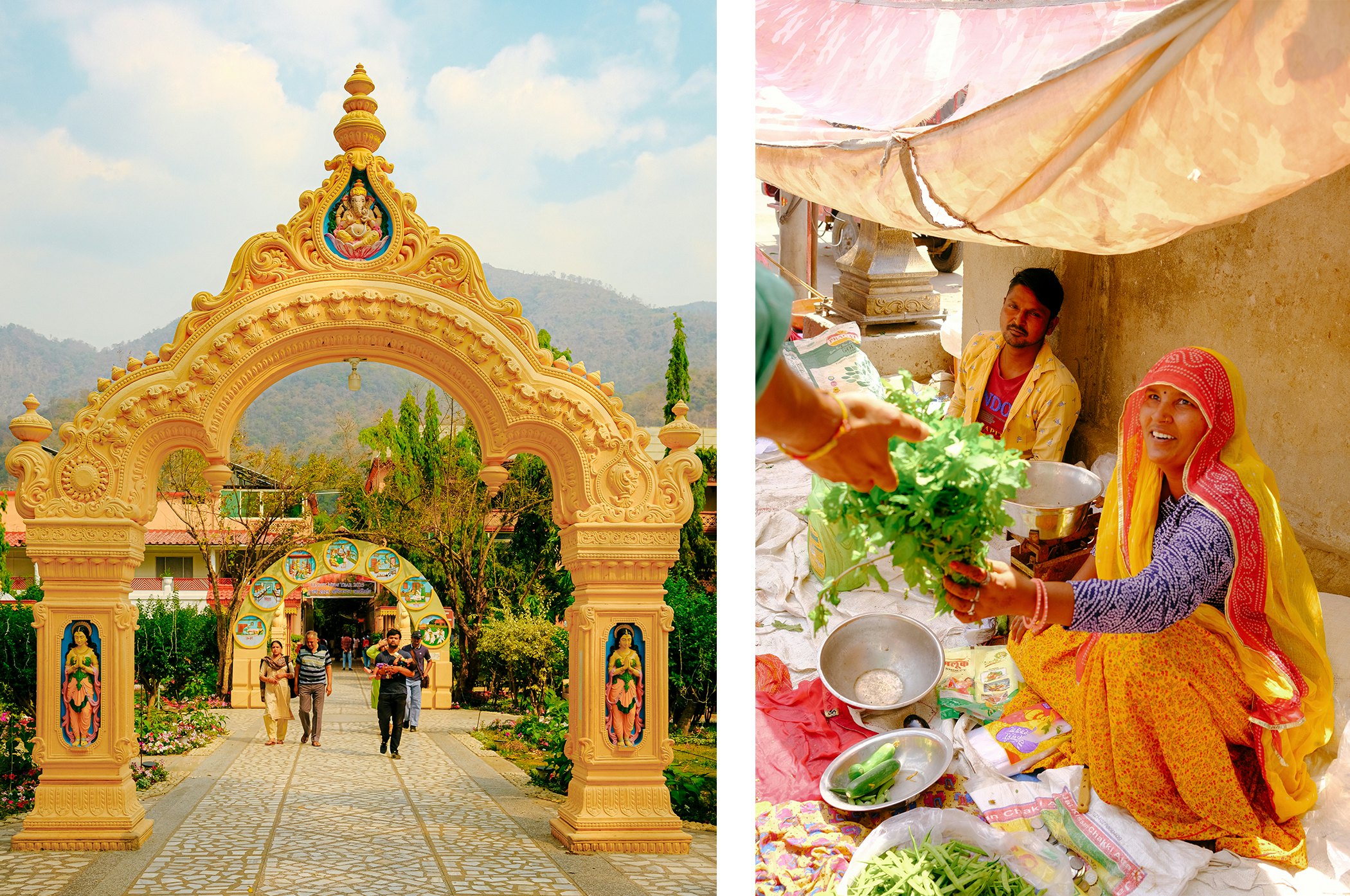
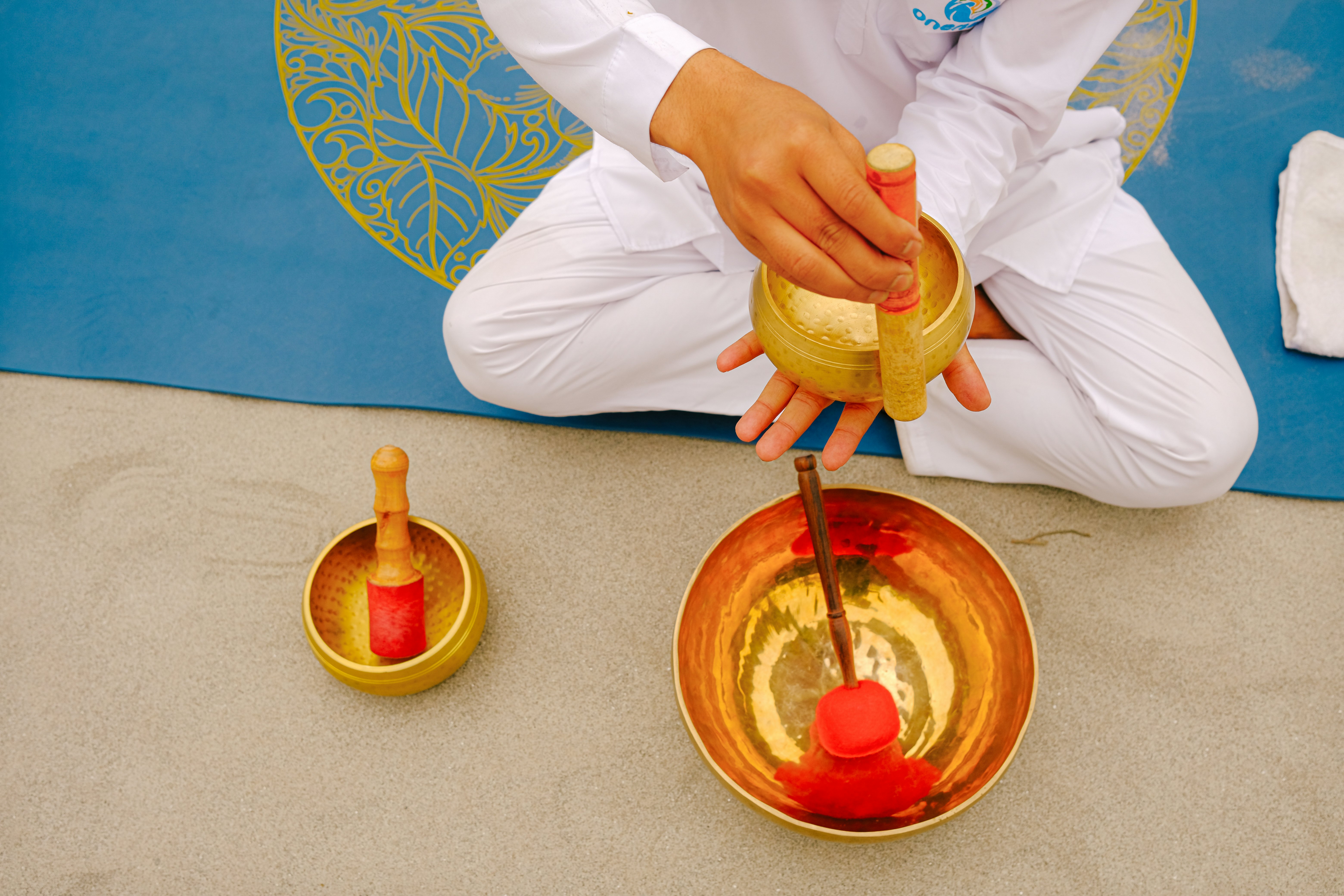
A portal to memories
Traveling with a camera made me more curious, more observant, more present, and not just in the physical sense, but emotionally, too. I wasn’t posting in real time or chasing validation from a feed. I wasn’t texting friends photos before I’d fully looked at them myself. The camera became a kind of portal – singular in purpose, limited in function, but lasting in effect. Later, when I reviewed the images, it wasn’t to pick the best one for social media. It was to tell a story. It was about memory, not content.
That shift transformed not only how I saw the trip, but how I saw myself within it. I didn’t need to hand the camera over for a “candid” of me in front of a landmark. I wasn’t the subject here. India was. And that decentering of self felt liberating.

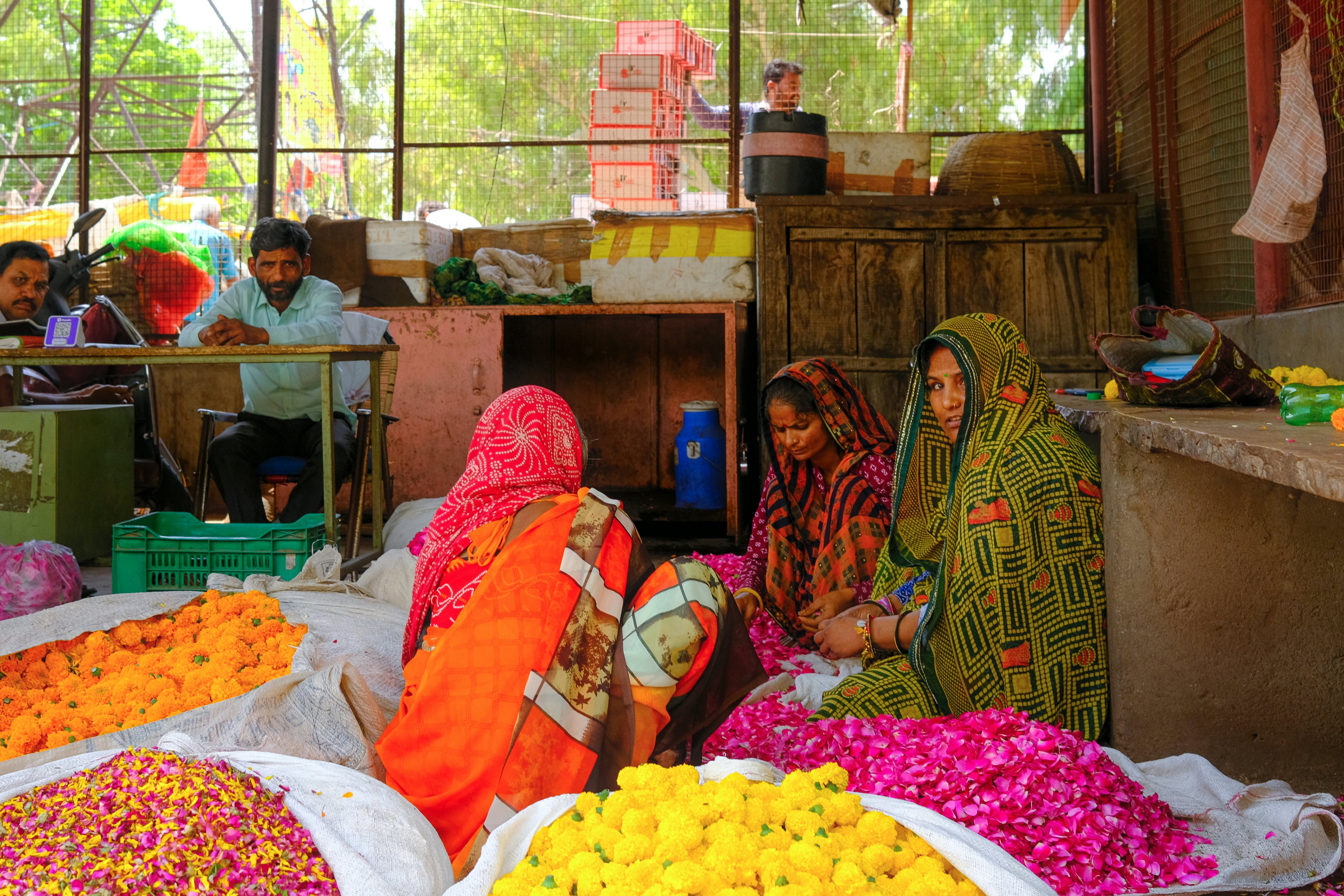
One of the most meaningful relationships I made was with our Goway guide, Malaynil. We shared an unremarkable but unforgettable afternoon on a walk around the block near our Varanasi hotel, nothing planned or scenic, just a stroll during some free time. I had my camera, and as I snapped a few quiet scenes – hennaed hands, bare feet, shadows of trees on worn brick – he began noticing them too. After that, he started pointing things out with a smile and a nod that said, “You’ll want to get this,” hinting towards the vibrant hue of a woman’s sari or a crooked doorway. Photography became a shared language between us, a new way of experiencing the trip together.
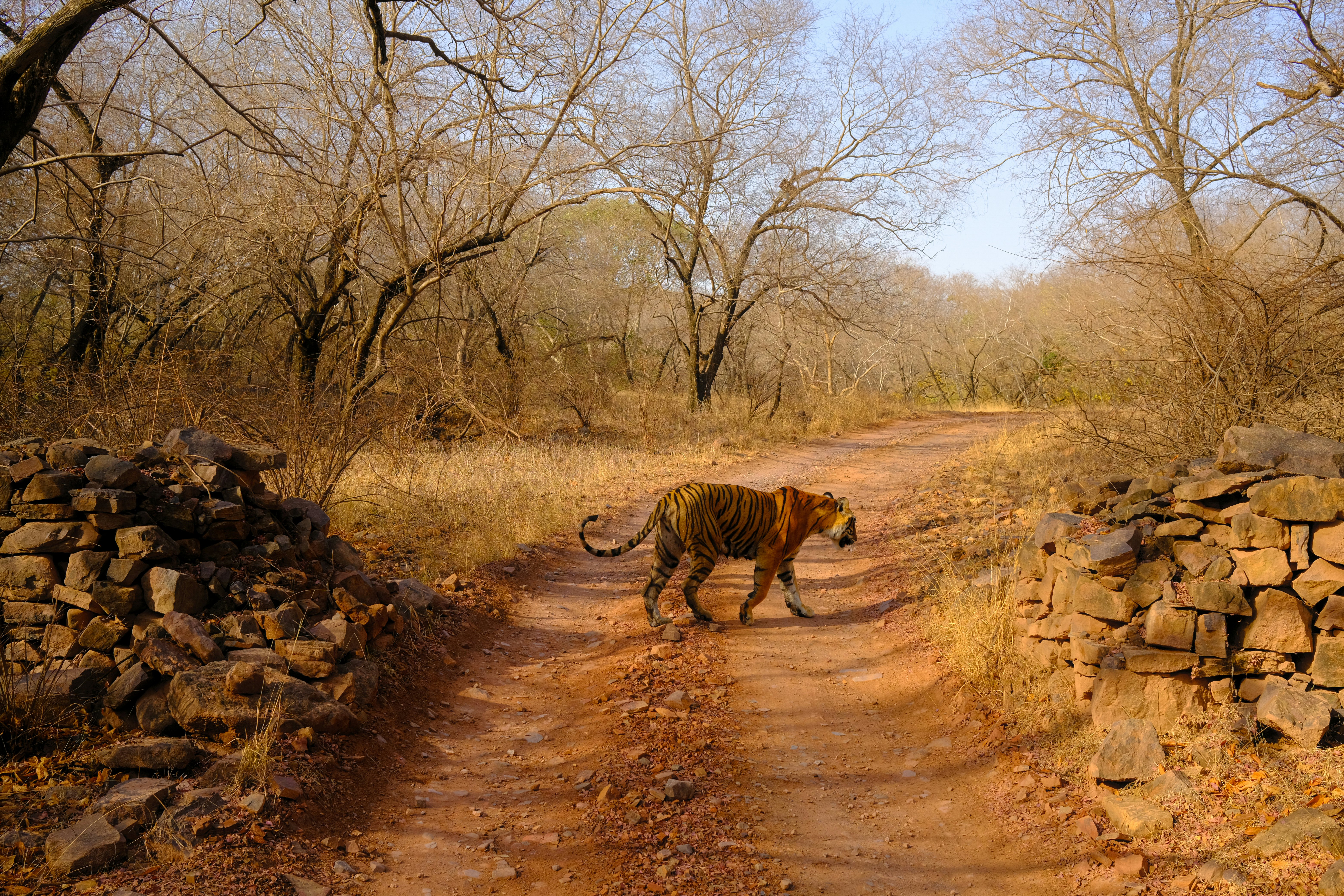
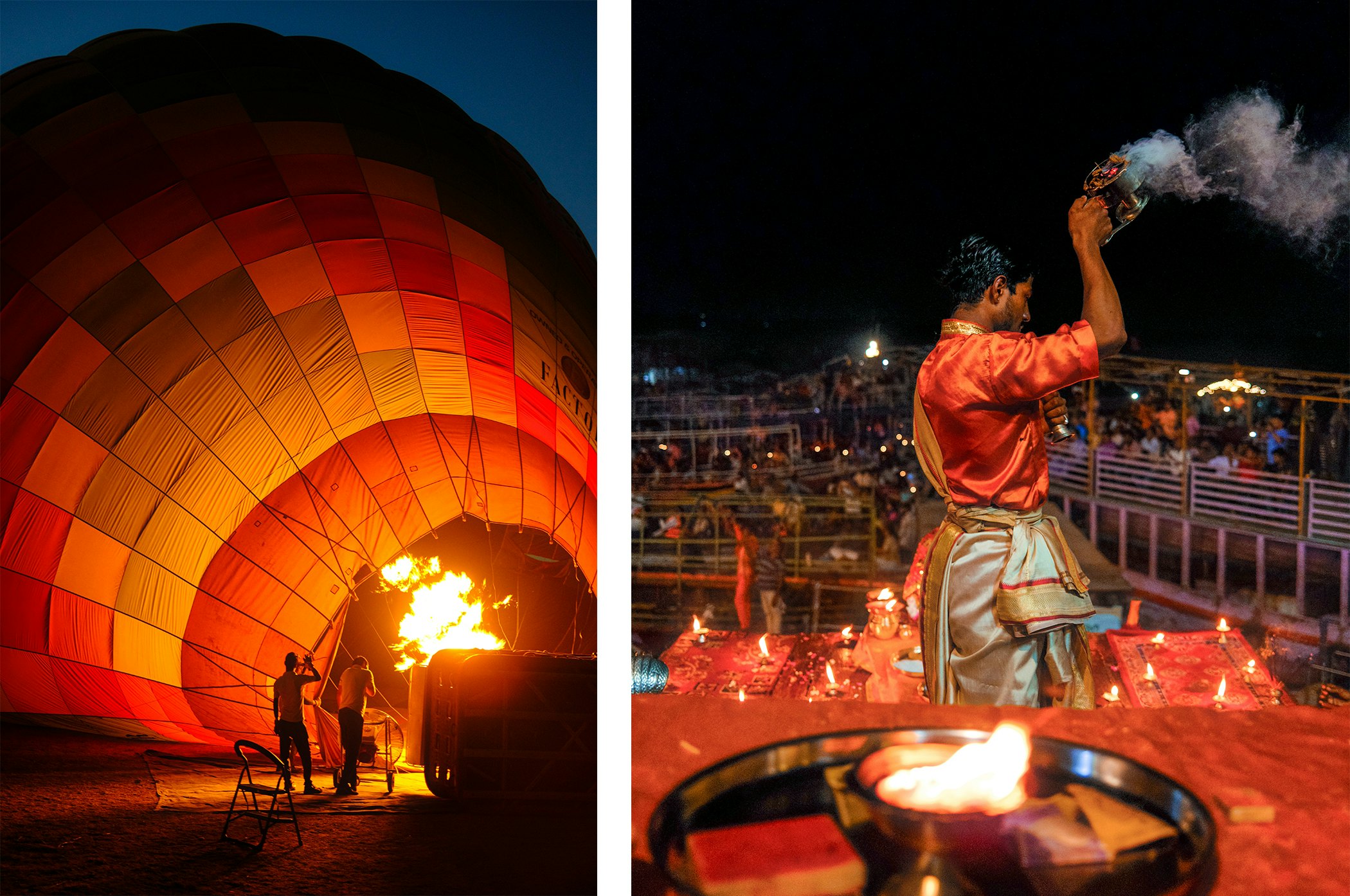
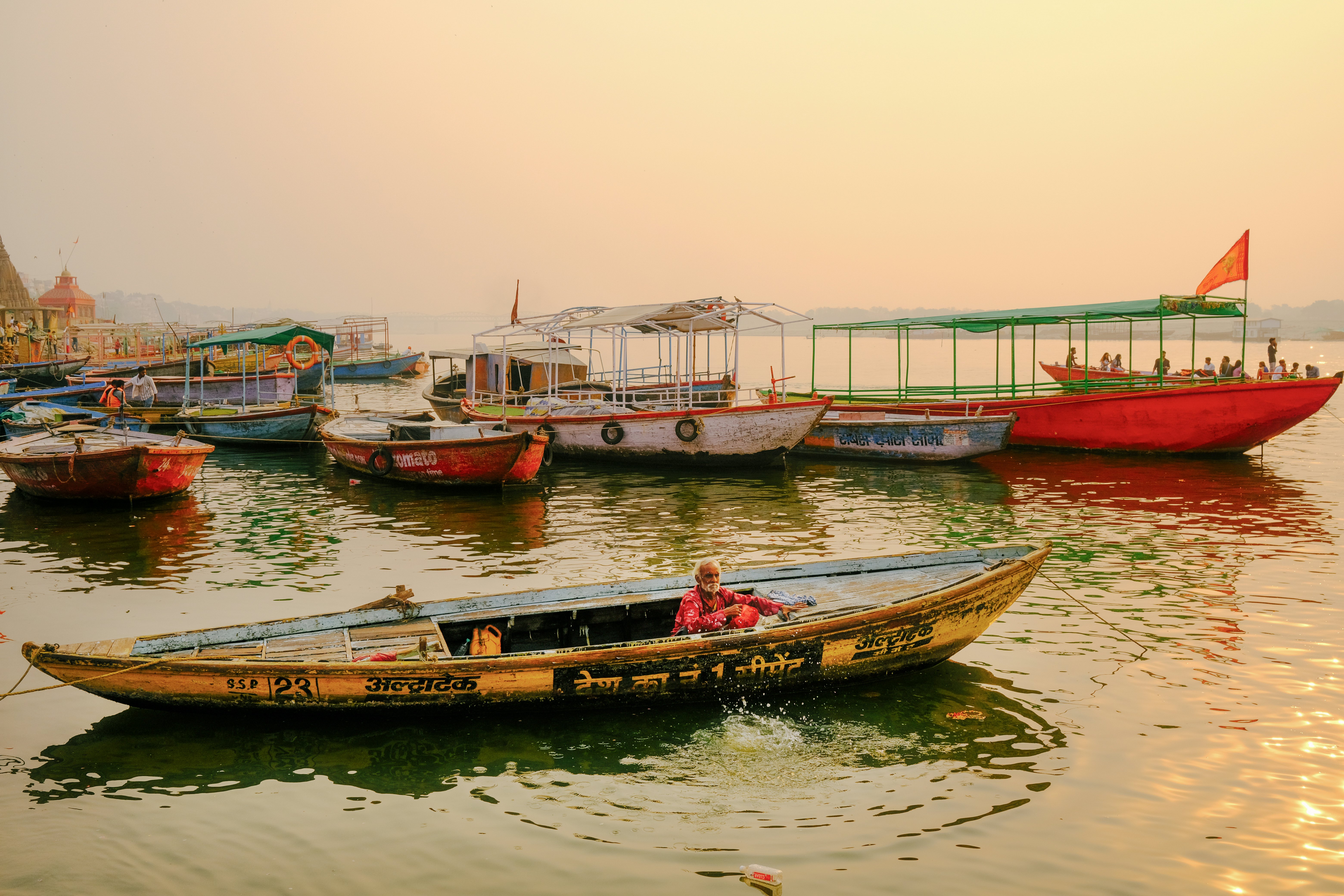
A trip in full resolution
Of course, there were the headline moments: spotting six tigers in Ranthambore National Park, floating over Jaipur in a hot-air balloon, staying in the luminous Oberoi properties. But the details are what stayed with me. The textures. The glow of temple walls at dawn. The sounds of street vendors and sacred chants at the ganga aarti (river worship ceremony). The idea that strangers are meant to be greeted with reverence, for all unknown people could be gods in disguise.
I’m grateful to have those images in full resolution. But more than that, I’m grateful for how they make me feel and how they conjure a strong connection with the emotions of the trip. Expansive. Curious. Present. What the best kinds of travel always unlocks for me – and now, what photography does, too.
I ended up buying the Fujifilm X100VI I borrowed for the trip. And while I’d return to India in a heartbeat, I know I don’t have to fly across the world to feel that sense of attention and wonder. All I need to do is reach for the camera.
Annie traveled to India with the assistance of Goway. Lonely Planet does not accept freebies in exchange for positive coverage.










